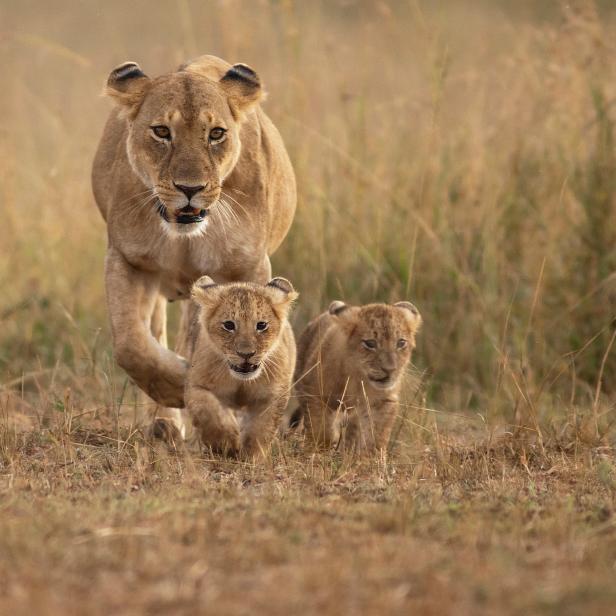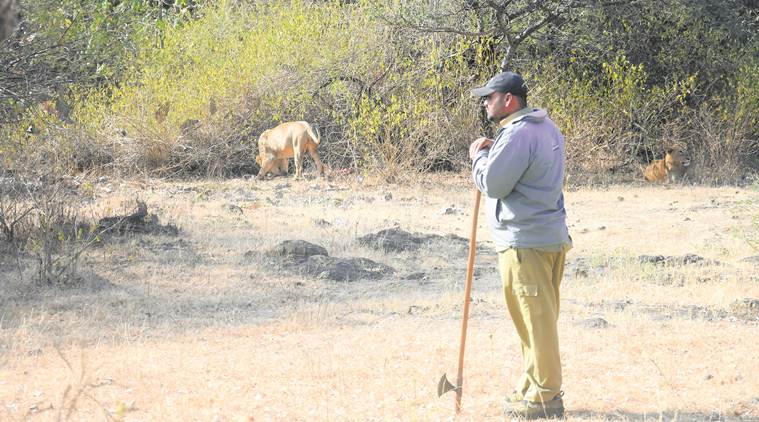BHOPAL: After Madhya Pradesh reclaimed its tiger state status with the maximum number of the big cat, the state government also wants lion to be relocated in MP, an issue pending for over 25 years from now.
It seems, after the issue of Narmada, Madhya Pradesh and Gujarat are now on the verge of confrontation on the relocation of lions.
Law and legislative affairs minister in MP, PC Sharma said, “Gujarat has not been allowing MP to translocate the lions despite a Supreme Court verdict. We will move the apex court again and request the court to issue fresh orders.”
He said that for the past 15 years, the BJP government was sitting over the matter and ignored the interests of the state.
In the early Nineties, the search for the second home to the majestic Asiatic lion was started. Kuno sanctuary, which was accorded the status of national park, was chosen as the second home to the lions. The government spent over Rs 100 crore in the shifting of over 25 villages from Kuno and rehabilitation of about 10,000 families. But Gujrat always refused to part with a pair of lion. Spread over 748 sq km area, Kuno is located in Sheopur district of Madhya Pradesh bordering Rajasthan.
After dilly-delaying by Gujarat and a petition in the Supreme Court, in April 2013, the court asked the Union government to translocate some lions to Kuno. It said, while hearing a petition, the Asiatic lions existed in a single sub-population and were vulnerable to extinction from unpredictable events, such as an epidemic and a large forest fire, etc.
“An outbreak of possible epidemic or natural calamity might wipe off the entire species. A smaller population with limited genetic strength is more vulnerable to diseases and other catastrophes in comparison to large and widespread population,” the court said.
Following the deaths of almost 24 Asiatic lions in Gir in September 2018, the apprehensions turned out to be true.
At least four of them were found to have had canine distemper virus (CDV), which affects a range of wild animals, and seven were discovered to have had a protozoan infection, transmitted by ticks.
Forest minister of Madhya Pradesh Umang Singhar said, “We are committed to protect the species of the Asiatic lion. Tourism is not our aim, we want to protect the species.”
Law and legislative affairs minister Sharma said, "They want Narmada, but are not willing to allow Madhya Pradesh to translocate the lions despite the Supreme Court orders. They want Narmada water but don’t want to give lions.”
https://timesofindia.indiatimes.com/city/bhopal/bhopal-after-reclaiming-tiger-state-status-mp-roars-for-gir-lions/articleshow/70439425.cms
Desh Deep | TNN | Updated: Jul 29, 2019, 22:44 ..
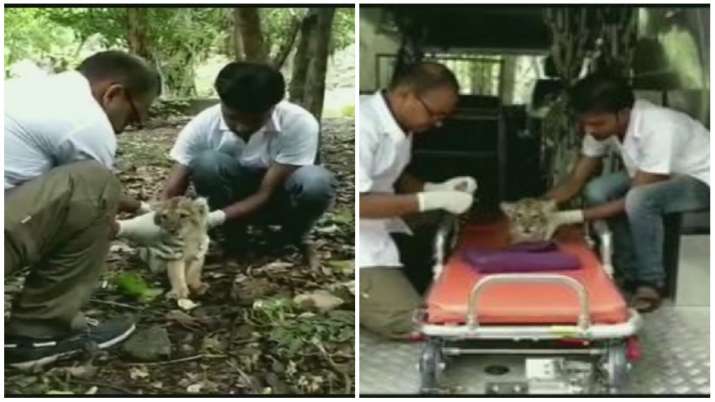


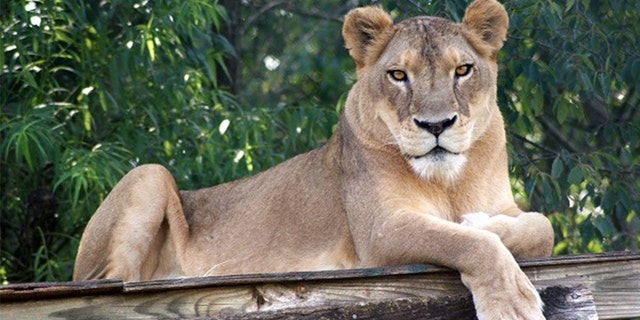







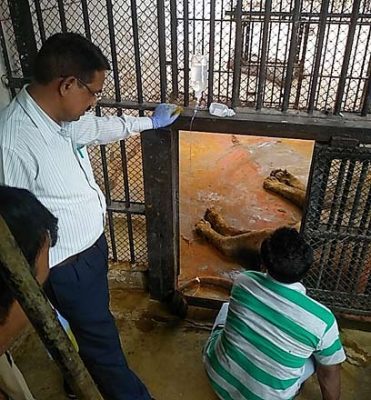

 04 Min Read
04 Min Read 





